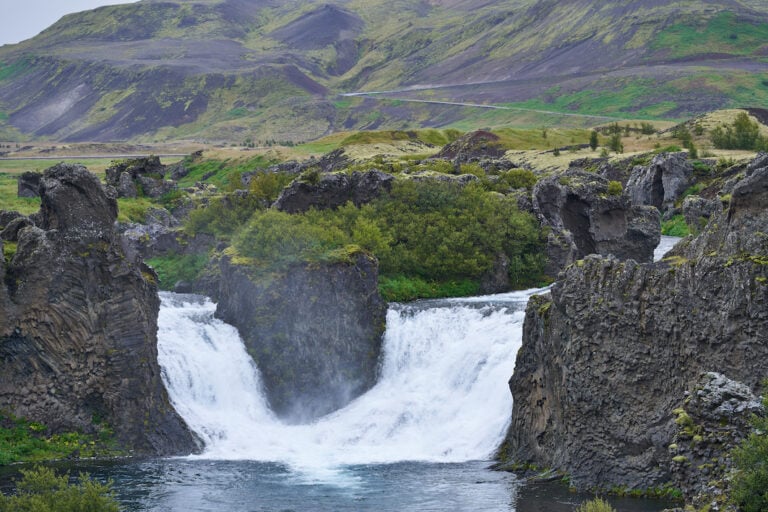One of the larger volcanic eruptions after Iceland was settled is the Hekla eruption in 1104. In this large eruption in Hekla, probably the first eruption in Heklu after settlement, 2.5 cubic kilometers of acid igneous rock came out of the mountain. The damage was enormous, especially in the immediate vicinity of Hekla. Þjórsárdalur with its flourishing settlement was filled with ash and left desolate. Among other places, there was the manor of Stöng. Hekla, which is a main volcano, and only a few kilometers away from Þjórsárdalur, is expected to erupt with very powerful eruptions after a long hiatus. Fortunately, these big eruptions are rare, about every 2000 years. Hekla, which is the most active volcano in Iceland, has erupted five times in the last 100 years, most recently in 2000. Geoscientists believe that the volcano’s time is coming. The manor of Stöng was excavated in 1939, and rebuilt in 1974 under Sámsstaðamúli near Búrfellsvirkjun, in 1974, on the occasion of the 1100th anniversary of the settlement in Iceland. Very close to Stöng is Háifoss, in Fossá, the second highest waterfall in the country, 122 meters high. Another beautiful waterfall in Fossá is Hjálparfoss, right next to the highway, just south of Búrfellsvirkjun and the settlement town. Icelandic Times / Land & Saga took a trip up to Þjórsárdalur, which is almost a two-hour drive from Reykjavík.
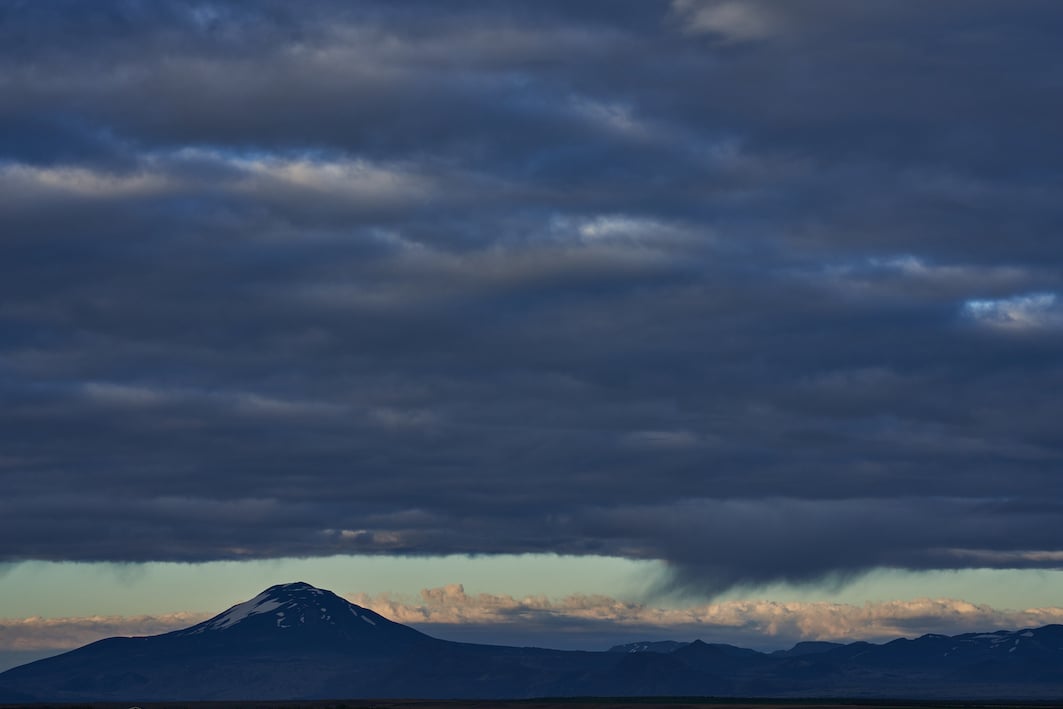
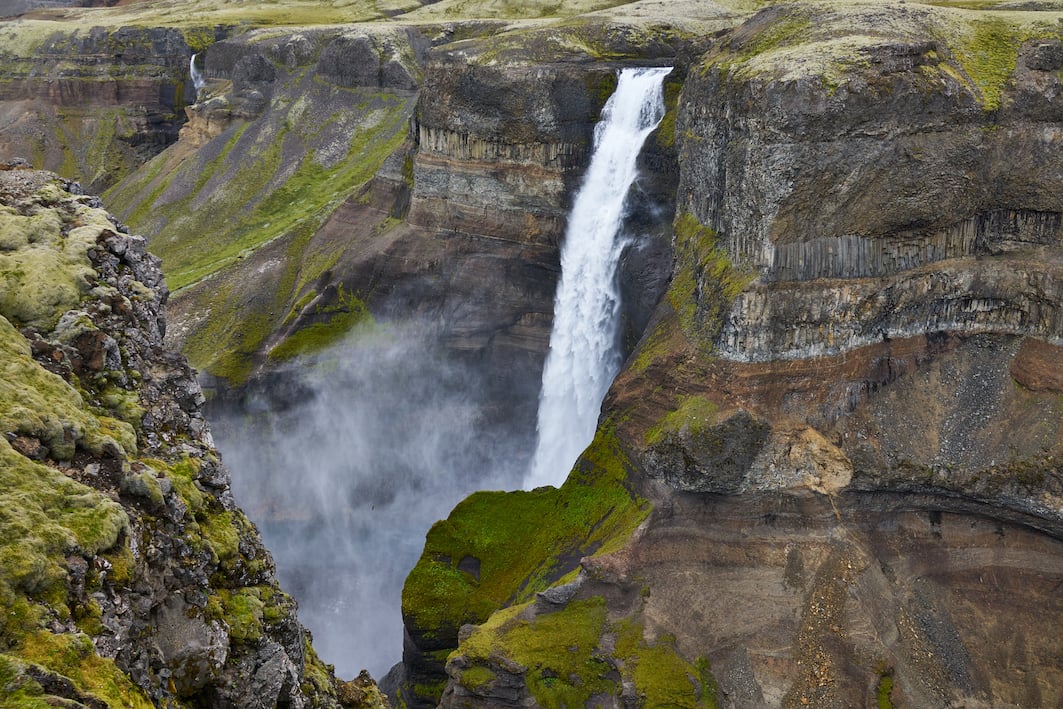
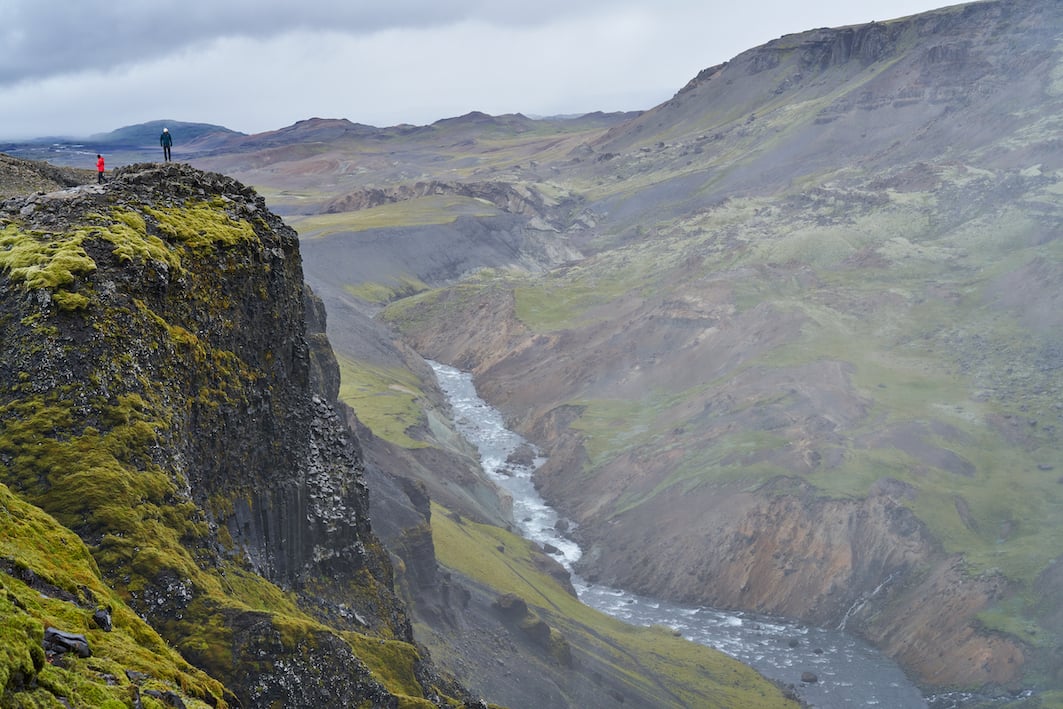
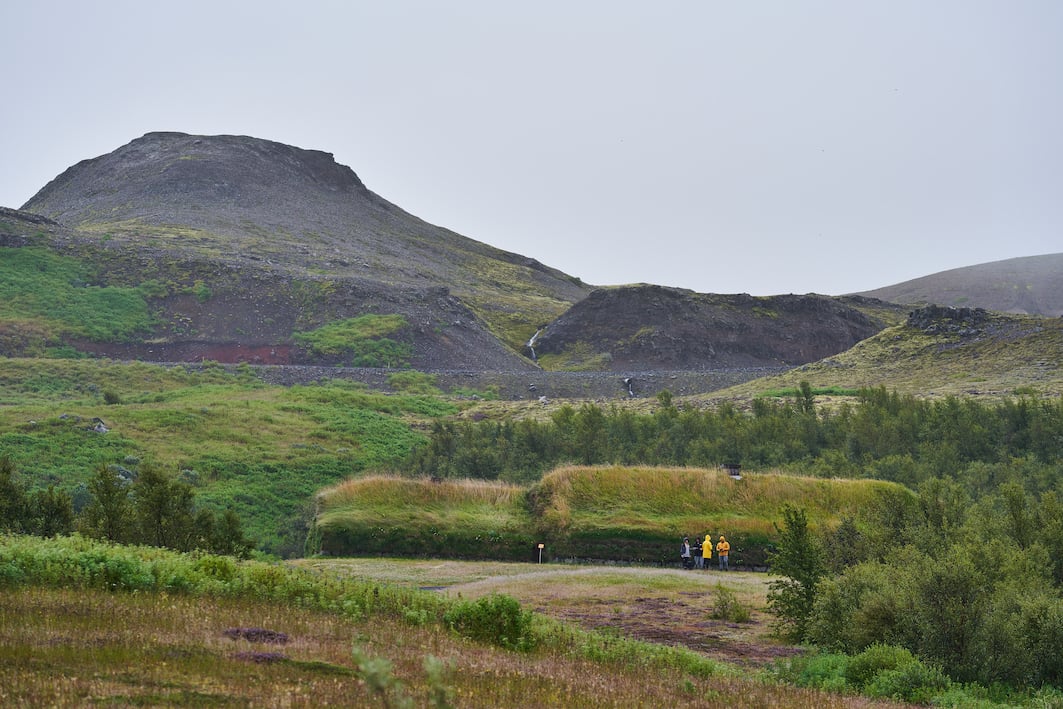
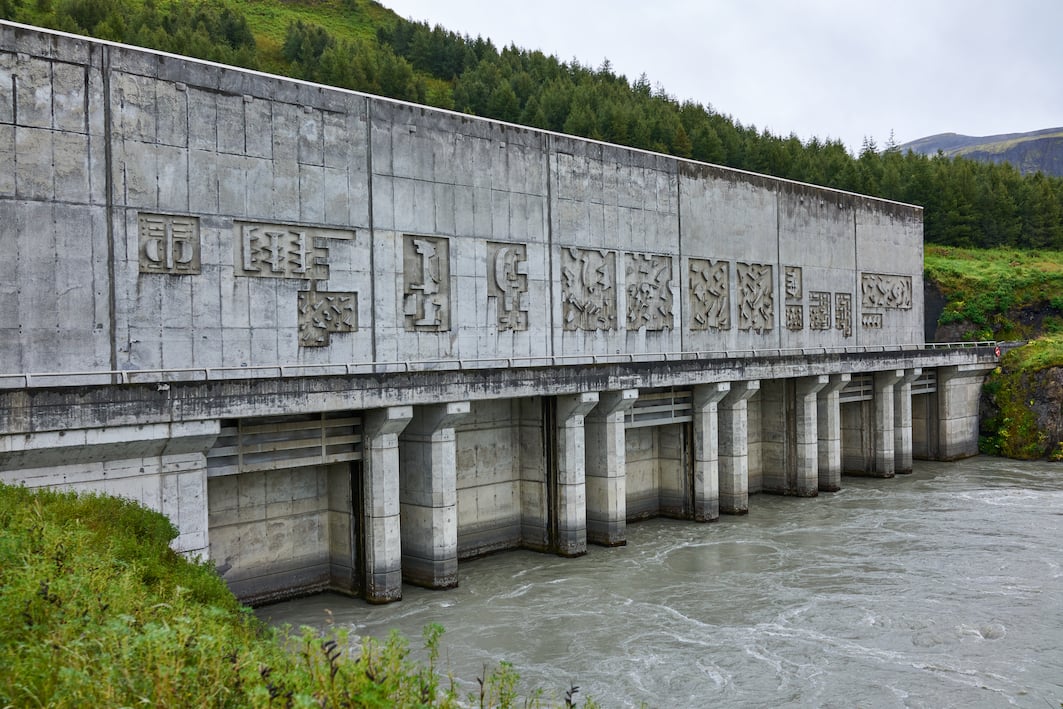

Árnessýsla 17/08/2022 : RX1R II, A7R IV: 2.0/35 Z, FE 1.2/50 GM, FE 1.8/135mm GM
Photographs & text : Páll Stefánsson

